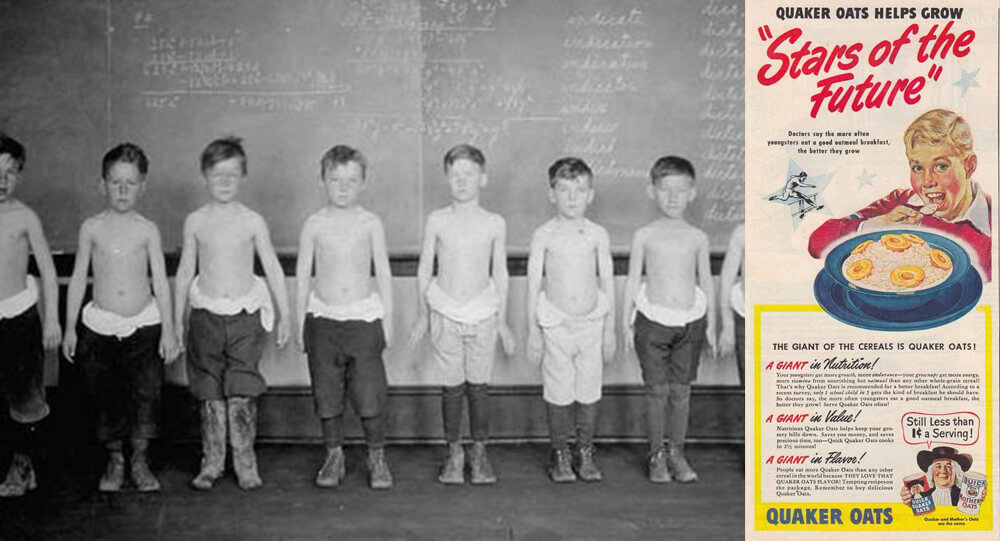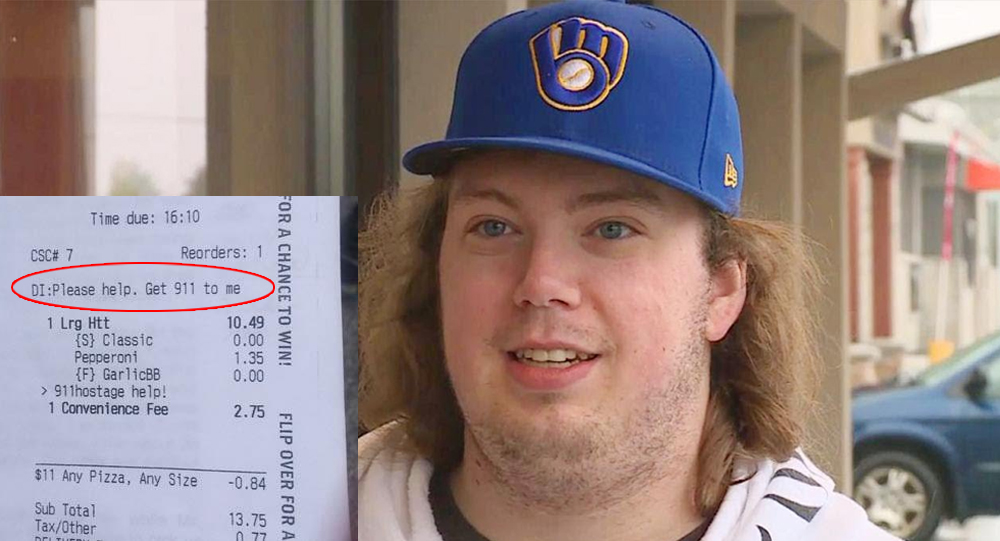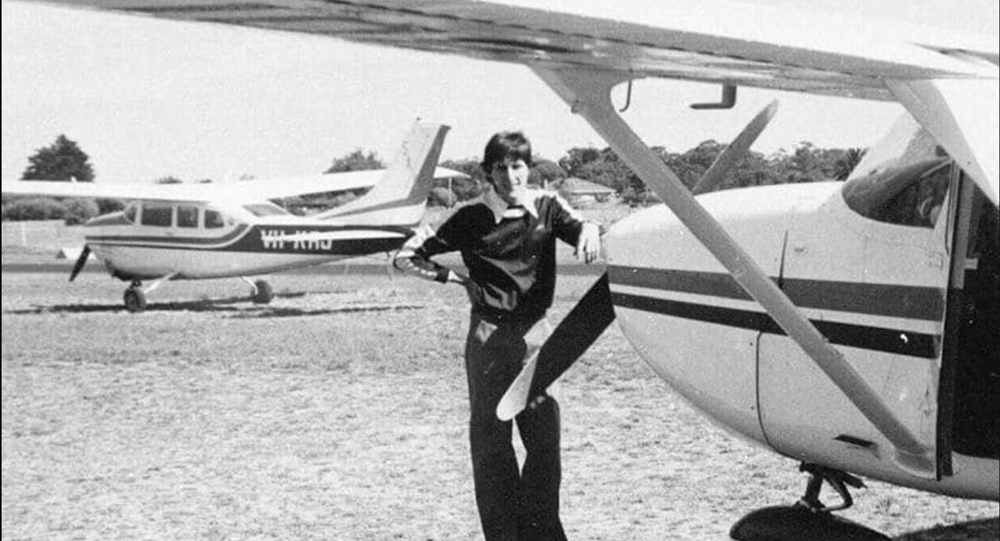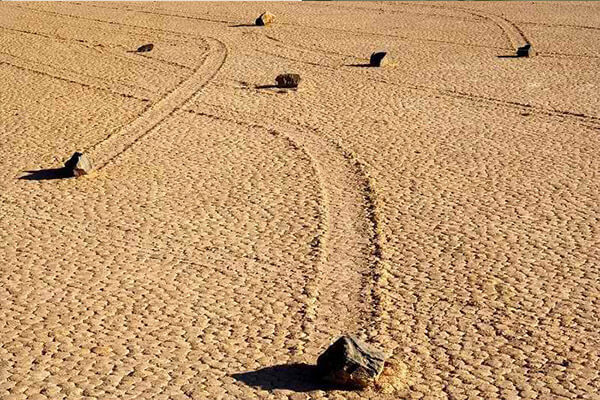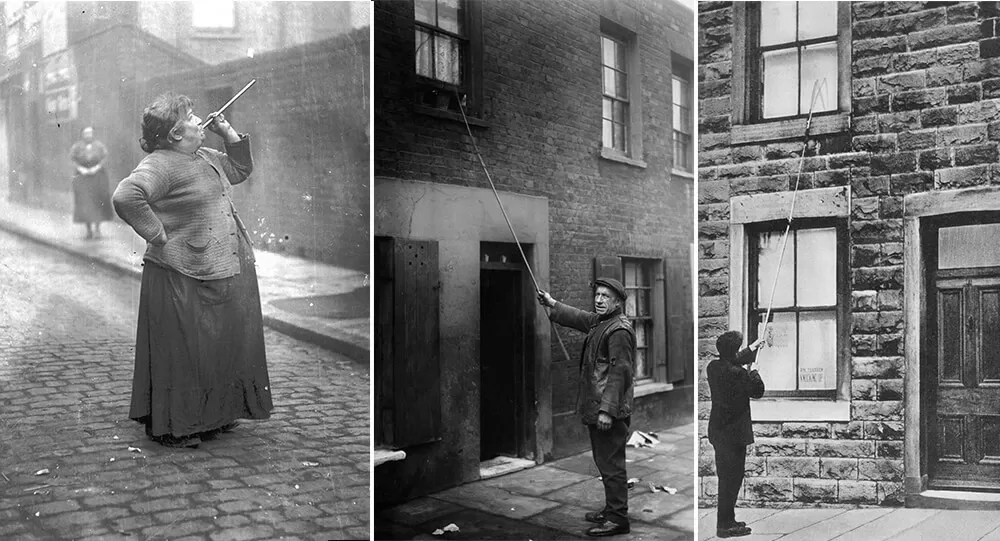The Axis powers are typically blamed for human experimentation in the 1940s and 1950s, particularly the Japanese unit 731 and Nazi experiments on prisoners of concentration camps. Even though some of the Allies’ human experiments could compete with those of the Axis, the Allies are frequently overlooked and their accomplishments are never mentioned.
Even after the Second World War, nations like the United States would conduct human experiments because they wanted to study the long-term effects of their new toys, nuclear bombs. To accomplish this, experiments were conducted on frequently uncooperative and unaware subjects. As evidenced by the MIT and Quaker Oats experiments from the 1950s, even for-profit companies used the newly discovered properties of radioactive material in the research they conducted on their own products.
Radiation
In order to better understand how radiation affects the human body, a number of experiments were conducted after the Second World War on a variety of willing and unwilling subjects. People were either forced to consume radioactive material or were subjected to it in these experiments, which continued into the 1950s.
In our case, the experiment’s subjects—about 100 young boys from Fernald School in Waltham, Massachusetts—were made to consume radioactive food. Due to the radioactive markers that were fed to these young boys through Quaker Oats, they would be exposed to significant radiation doses. Without the child’s or their parents’ permission—who couldn’t legally give consent anyway—this was done.

This was done in an effort to demonstrate that Quaker Oats was better than rival brands because of how the oats were absorbed by the body. The boys’ growth, both mentally and physically, would be significantly impacted by how the body processed the food, and MIT researchers used the radioactive markers to track this.
Lawsuit
Many of the students who participated in this experiment would later learn about it and file lawsuits against MIT and Quaker Oats in an effort to recover damages for the physical and mental harm the experiment caused them. In 1998, this lawsuit was filed and resolved.
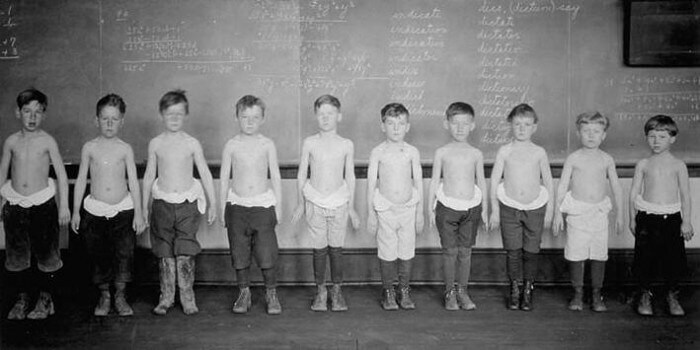
The court ordered MIT and Quaker Oats to pay $1.85 million in reparations to the group of students who initiated the lawsuit. Although the precise amount that each student received is unknown, the money had to be divided among the 30 students who initiated the claim.
Quaker Oats made the still-unconfirmed claim in a public statement that they played no major role in the experiment and merely gave MIT a grant of money and oats, and that the idea to use radioactive tracers originated primarily with MIT researchers.
We are fortunate to live in a time when regulations on research and experimentation, particularly those involving humans, are much stricter. There are much more protections in place today regarding what we can do to other people, so hopefully situations like those that occurred during and after the Second World War will never happen again. To hold current businesses and governments responsible for their actions, we must draw lessons from these earlier instances.
